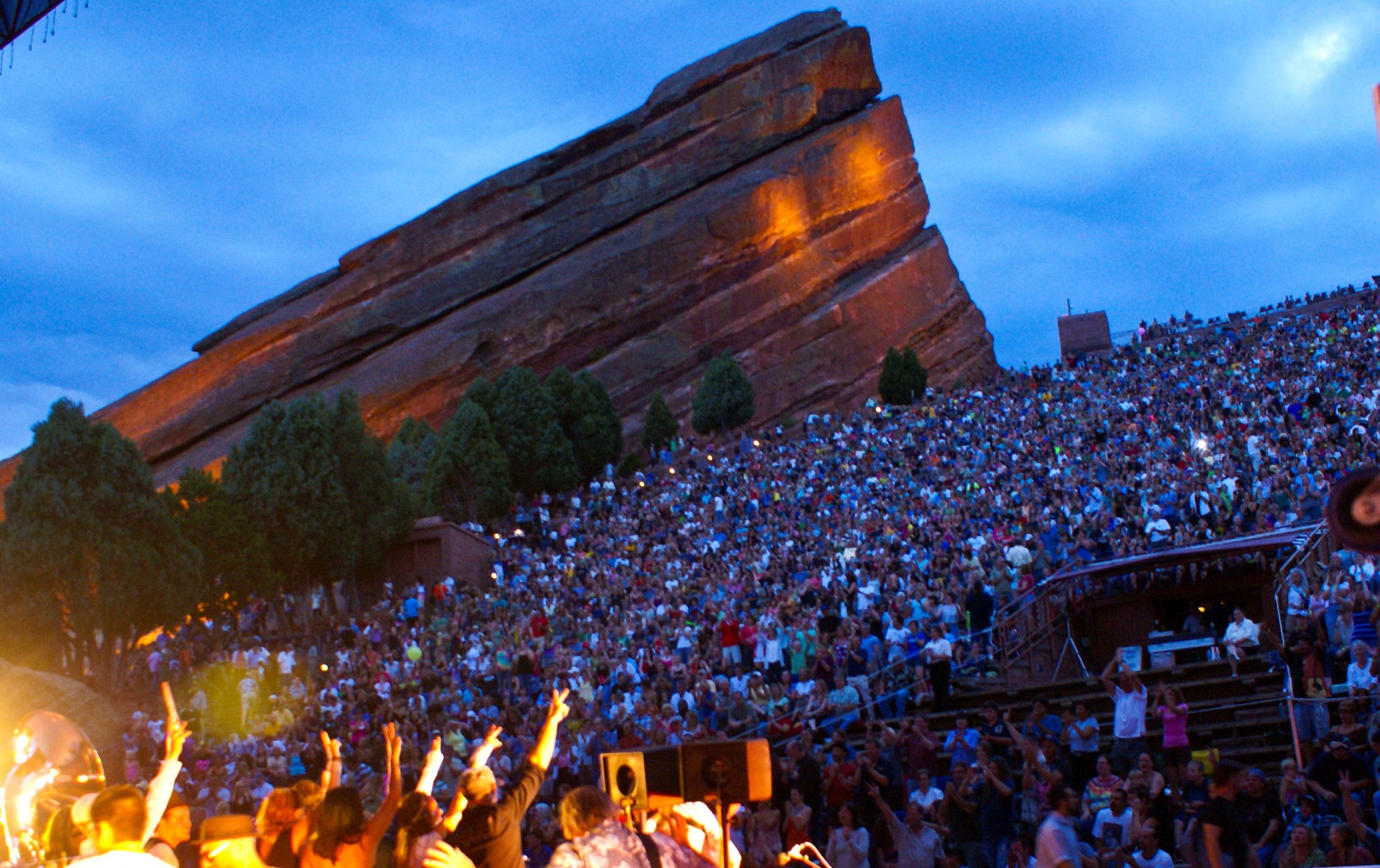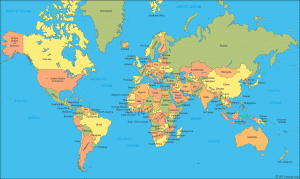As President Trump eyes abolishing federal arts funding in the U.S., a survey of tax-supported music from Australia to Iceland reveals a complex, shifting landscape.
Courtney Barnett is a wise-cracking, guitar-mangling embodiment of what taxpayer support can do for a musician. In 2013, the Melbourne-based singer-songwriter was able to travel across the globe to play New York City for the first time thanks to support from the Australia Council for the Arts, a government agency. A year later, she was one of the first recipients of a new, state-sponsored grant that helped her record her debut album. When it came time to promote the results, 2015’s Sometimes I Sit and Think, and Sometimes I Just Sit, government money also went toward financing her South by Southwest showcase and a European tour. Along with gracing critics’ year-end lists and international charts, the record led to a Best New Artist nomination at the 2016 Grammy Awards.
Barnett counts herself lucky to have received these early fiscal shots in the arm. “Government grants gave me creative independence when I was starting out, because it meant I was worrying less about impressing for label and publishing advances, and I was less reliant on taking some big-company sponsorship to fund a tour,” she says. As well as nurturing Barnett’s artistic growth, the benefits were also deeply practical. Without government grants, she wouldn’t have been able to take advantage of offers to play Coachella and American late-night TV shows.
Barnett played SXSW 2015 under the banner of Sounds Australia, a nonprofit founded several years earlier to spread the word about music from Down Under. Sounds Australia has organized events with more than 500 Aussie acts, including Nick Murphy, Hiatus Kaiyote, and the Preatures. Its funding sources are a hodgepodge of public and private, federal and state. The goal isn’t charity: The Australian Trade Commission has a decades-long history of championing musical exports right alongside natural resources like coal or uranium, and researchers are currently investigating the value of the music Australia sends abroad.
Like Australia, many rich countries use public funds to nurture homegrown musical talent. The amounts are often paid out by federal arts councils that tend to prioritize traditional fine arts like painting and opera, while contemporary music frequently draws funds from public-private partnerships. Regional and municipal governments contribute, too. Though these webs of financial assistance for music can be complex, and unique from country to country, the overall impression is of a funding landscape increasingly driven by market forces as much as cultural ones. And the threat of an ax to these budgets is nearly always an election away.
Under President Trump, the relatively modest U.S. budget for arts spending—of the National Endowment for the Arts’ $148 million budget in 2016, only $8 million went to programs for music, including opera—is now on the chopping block. The downturn isn’t just happening in the States: More countries with generally higher levels of cultural spending seem to be acting more like America. It can seem more trivial than ever to worry about music spending when so many other issues are at stake. But in the countries with the strongest reputations for funding the arts, cultural expression, like other basic needs, is considered a universal right, not a privilege for the wealthy.
Sweden, which allocated nearly $220 million in funding to the arts last year—including at least $7.8 million for music—passed a law in 2009 that states: “Culture is to be a dynamic, challenging and independent force based on the freedom of expression. Everyone is to have the opportunity to participate in cultural life. Creativity, diversity and artistic quality are to be integral parts of society’s development.” The dozens of artists who received Swedish Arts Council funding for recordings the past few years include melancholic art-pop project El Perro Del Mar, cosmic groove explorer Atelje, and free jazz saxophonist Mats Gustafsson. And in Sweden, federal money accounts for only 45 percent of all public spending on culture; the rest comes from regional, local, and municipal governments. When they say everyone should be able to participate, they follow through with cash.
Scandinavia also shows that a rightward turn politically doesn’t have to lead to less arts funding. Norway, for instance, has been led the past four years by a center-right coalition government that includes, for the first time, a nationalist party of the type that has been on the rise in Europe lately. And yet Arts Council Norway’s funding for music has soared, from less than $19 million in 2011 to nearly $47 million in 2017, which is impressive for a country with only about 5 million people. Total government spending on music in Norway also grew, from $117 million to around $140 million.
“Whether we have a right or left government, there seems to be a consistency in the culture politics,” says space-disco luminary Hans-Peter Lindstrøm, who started receiving grants later in his career, once he had a team to help him apply for them. “Norway is one of the best countries in the world to live in, and the arts funding is an important part of the social democracy.” There’s no guarantee of funding from year to year, so Lindstrøm uses the money mainly to scale up a current project, whether by making a video, pressing more records, or doing better marketing. Other musicians receiving Arts Council Norway grants range from avant-garde experimentalist Jenny Hval to postmodern metal explorers Kvelertak.
Scratch the surface of these admirably lofty ideals, however, and economic interests aren’t far beneath. From ABBA to Max Martin, Sweden exports pop music like no other country, and its neighbors have surely taken notice. In Norway, there’s now more talk of supporting music as an industry according to Joakim Haugland, whose Smalltown Supertown label releases Lindstrøm’s records. Haugland welcomes more jobs being created in music and hopes the spending will also benefit more niche-oriented labels like his. Given Norway’s small population, Smalltown Supersound relies on exporting its music to bigger markets. “The funding that we have might look good for you guys,” Haugland says, referring to Americans. “But I would rather have the home market that you have instead of the funding.”
Some 1,000 miles to the west of Norway, Iceland is a curious case. With only about 330,000 people—roughly half the population of Vermont—the tiny island nation has long punched above its weight culturally, thanks to phenomena like Björk and Sigur Rós. And yet in 2014, Iceland’s parliament slashed its budget for the national body that funds art projects from $45 million to $25 million, spurring intense criticism from people across the creative spectrum. Still, total government spending on music in Iceland is around $9 million a year according to Sigtryggur Baldursson, a founding member of the Sugarcubes who now runs Iceland Music Export, a public-private partnership. Noting that newer Icelandic bands are more pop-oriented than its previous indie and experimental music staples, he says, “We’re trying to have music projects thought of more in the vein of startups.”
Read the rest of the article here:
http://pitchfork.com/features/article/how-countries-around-the-world-fund-musicand-why-it-matters/
By Marc Hogan, Senior Staff Writer
[Thank you to Alex Teitz, http://www.femmusic.com, for contributing this article.]

